Embarking on a nomadic lifestyle is an exciting adventure that requires careful planning and preparation. When we first took the leap and started our nomadic life in 2018, it was very thrilling but also very stressful and overwhelming. We’ve put together a comprehensive nomad checklist of 9 things to prepare for nomadic life to ensure you have a smooth journey. Some of these things take time so make sure you plan well in advance to avoid a last-minute crunch.
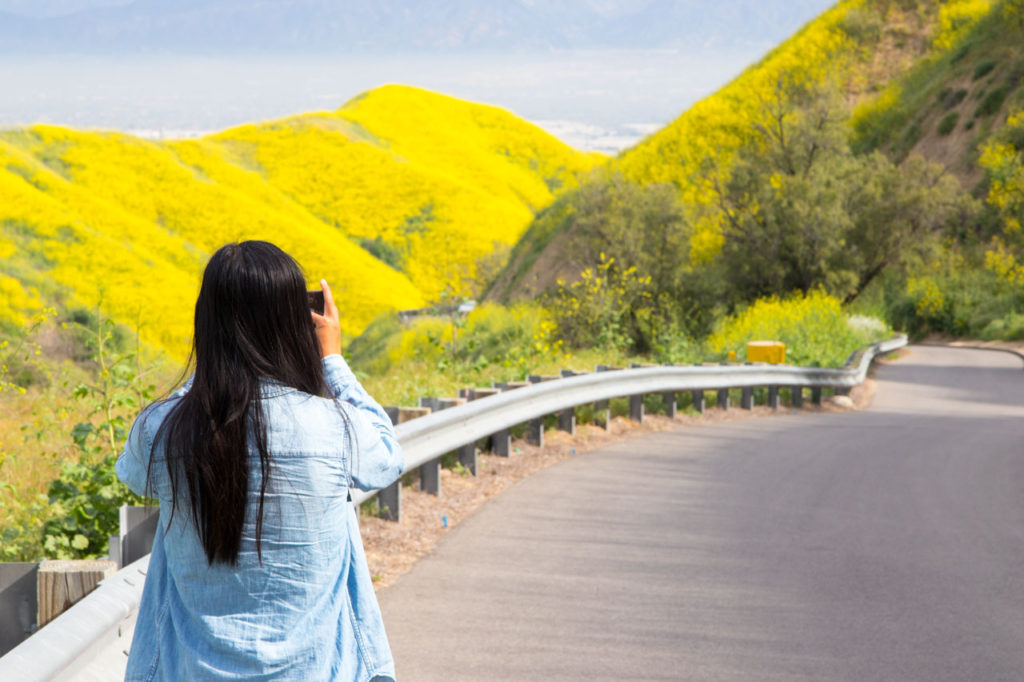
1. Create a Budget and Financial Plan for Nomadic Life
Before setting out, create a detailed budget and financial plan. Estimate your monthly expenses, including accommodation, food, transportation, insurance, and entertainment. Will you stay in more costly countries or budget countries? Will you be staying in hotels or renting long-term apartments? Ensure you have a solid savings cushion to cover unexpected costs and emergencies. We’ve tracked all of our expenses in detail so you can refer to our spend reports to get a rough idea of what you might need, see The Real Cost to Travel the World as a Nomad: 5 Years of Expenses. You will likely find that traveling can be cheaper than staying at home!
You may decide to live off of your savings and investments for a certain period of time or you may decide to become a digital nomad and have your income cover your expenses. Whatever approach you decide, ensure that you will have enough funds to sustain expenses. The added benefit of being nomadic is the extra flexibility that allows for geo-arbitrage. If you need to lower your budget one month, you have the option to relocate to a lower cost country in South East Asia or South America for example.
2. Selling Everything, Moving Out, and Getting Storage Before Becoming Nomadic
Downsizing is a crucial step in becoming a nomad and it can be the most overwhelming step. Start by selling or donating items you no longer need. Consider hosting a garage sale or using online marketplaces to sell larger items. For belongings you want to keep, look into storage options or keeping them at a friend or family’s garage. If you are planning on moving back home after your nomadic journey, then renting a proper storage facility probably makes the most sense.
The most important items to keep are sentimental items, official documents and any other irreplaceable valuables. Digitize as much as possible – we scanned or took photos of most documents and only read books on kindle now.
Depending on your living situation, you may need to prepare your home to rent out, to sell or to end your lease. Oftentimes the decision on what to do with your home is the biggest hurdle. Rest assured that once you start on your nomadic adventure, you will soon forget how hard this decision was because you will be living a new exciting chapter.
3. Sign Up for Global Health Insurance and Travel Insurance
Health and travel insurance are essential considerations for nomads. Research and select a health insurance plan that offers global coverage. Additionally, you can purchase travel insurance to cover trip cancellations, lost luggage, and other travel-related incidents. Ensure your policies are comprehensive and provide adequate coverage for your needs.
We are currently with IMG Global for our global health insurance and decided not to purchase travel insurance. The main thing we were looking for in health insurance was to cover catastrophic expenses and are ok to have a higher deductible for lower fees. This is because we feel comfortable paying out of pocket for regular medical expenses which are largely affordable outside of the US.

4. Sign Up for an International Phone Plan with No Roaming Fees
Staying connected while traveling is very helpful and adds a lot of convenience when you first enter a new country. In the beginning, we used GoogleFI which covered most countries internationally and it was easy because we didn’t have to change anything. However, this option only works now if you travel for less than 6 months.
The most economical option is to use a local SIM card in each country you visit. This is not the most convenient because you have to do some research, deal with salespeople and you might not find a SIM card right away.
We find eSIMs to be the best option for us because you can sign up for an international plan, the eSIM works right away upon landing in a new country and it is very affordable. No more dealing with dozens of physical SIM cards! This does require your phone to be eSIM compatible which most newer models will be. See The Best Phone Plans For Travel – Airalo, Eskimo, RedteaGo Reviews to find the best option for you.
5. Setup a System to Receive Physical Mail While Traveling
Go digital for any mail that you can but you will find there are certain things that will still require you to receive physical mail – credit cards for example. You will need to set up a reliable system for receiving physical mail. This could be a family member or a professional mail forwarding service that can scan and email your mail to you. Some services also offer the option to forward important documents to your current location.
We recommend Traveling Mailbox which we have been using since the beginning and have been very happy with it. They automatically discard any junk mail and will scan any other mail that we can conveniently view in their online app. See How to Get Mail When You Travel – Traveling Mailbox Review for our comprehensive review and details.
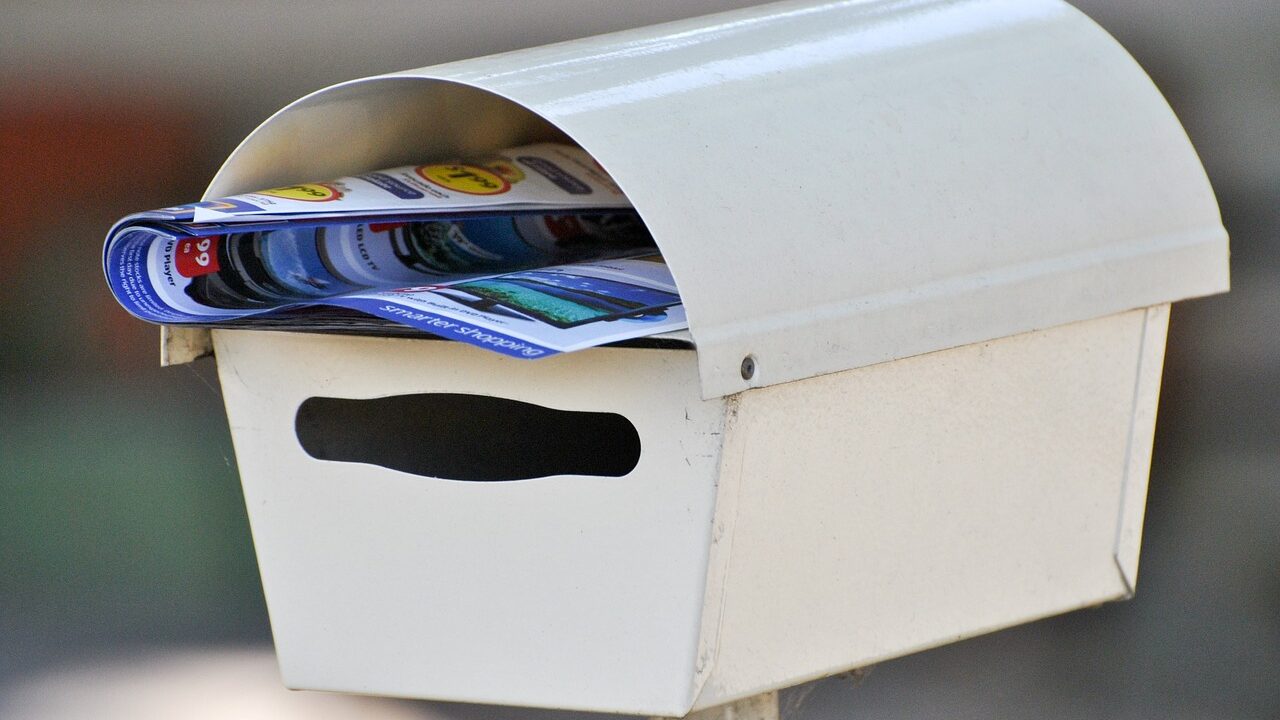
6. Get an ATM Bank Card with No Fees
Avoid unnecessary fees by getting an ATM bank card with no foreign transaction fees. Look for a bank that reimburses ATM fees worldwide. This will save you money and make accessing cash more convenient while traveling. Many countries do not accept credit cards so you will definitely need to access cash.
We have been using Charles Schwab and it has worked very well for us. The exchange rate is close to market rate, the ATM fees are reimbursed and their website makes it easy for us to manage our cash for travel. For a more comprehensive guide, see How to never pay ATM fees while traveling abroad.
7. Get a Credit Card with No Foreign Fees and Earn Travel Rewards
A credit card with no foreign transaction fees and excellent travel rewards is a must-have for nomads and long-term travelers. A credit card is helpful and sometimes necessary to pay for large expenses such as flights and accommodation. Those purchases can earn points or miles and be redeemed for flights, accommodations, and other travel expenses. In addition, many credit cards give benefits like travel insurance, rental car coverage, and airport lounge access.
To learn more about travel rewards, see How to Travel for Free: Introduction to Credit Card Travel Rewards. For the latest credits cards that we are using and their signup bonuses, see Our Latest Credit Cards Deals.
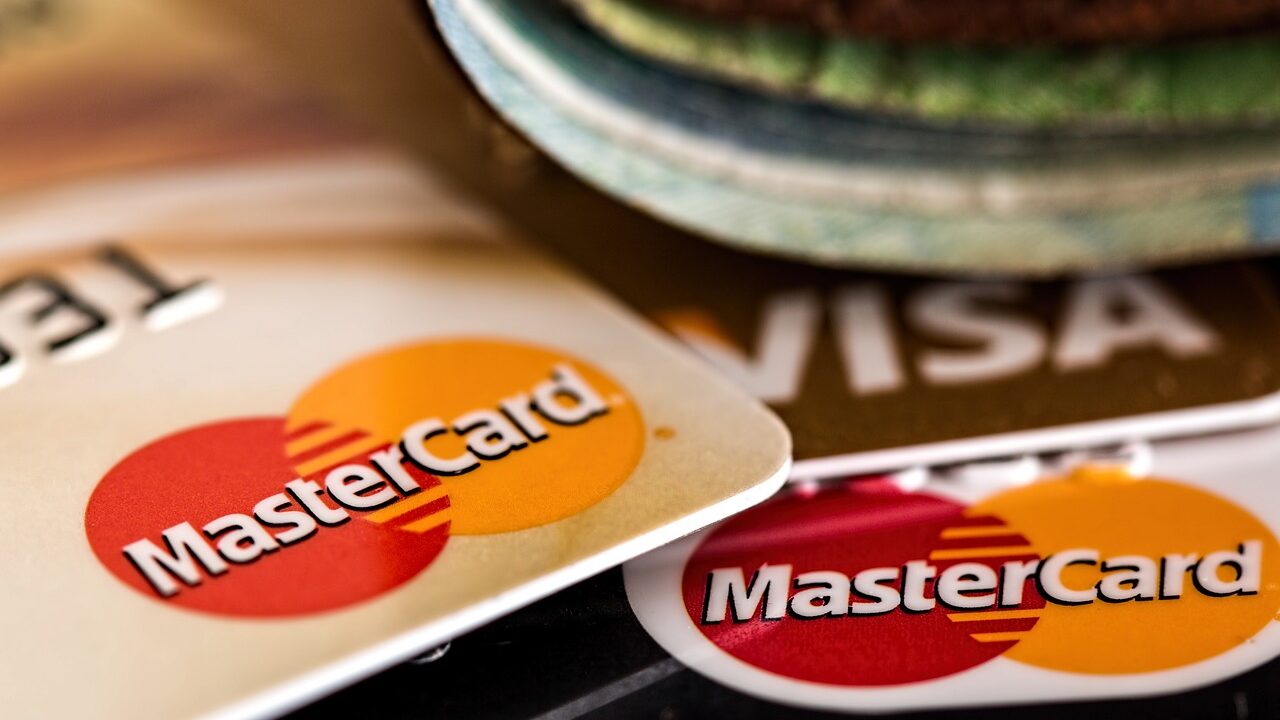
8. Create a Packing List for Nomadic Travel
Packing for an indefinite trip is definitely intimidating but don’t worry about getting it perfect on the first try. We have evolved and updated our packing list over time to adjust it to our needs and you can always add items while you are on the road. To get started, create a packing list tailored to your needs and the destinations you’ll visit. Focus on versatile, lightweight clothing and essential travel gear.
See our comprehensive packing list for men and packing list for women as a good place to start. Also see our list of Nomad Packing Essentials: 16 Must-Have Items for Long-Term Travel.
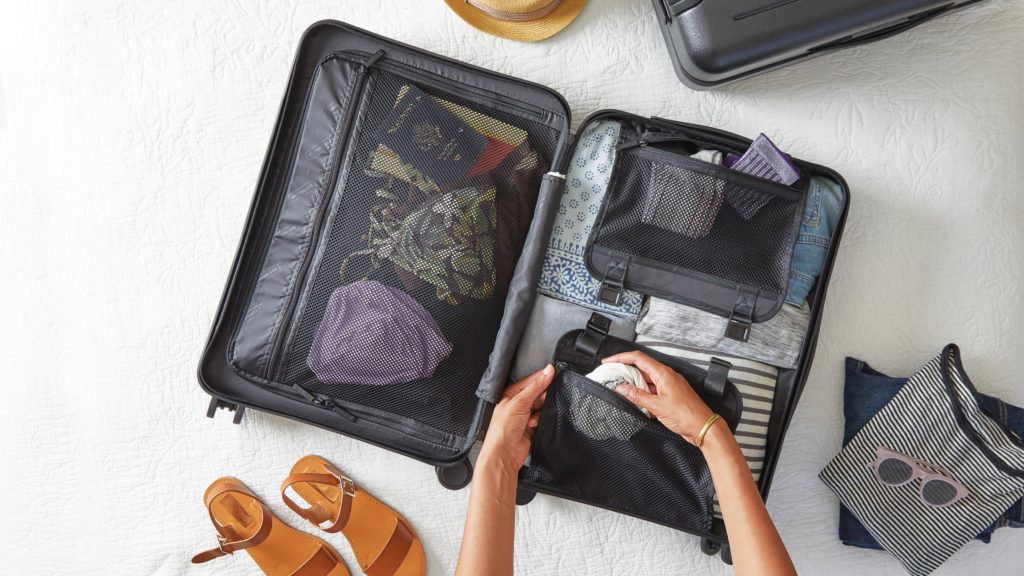
9. Plan the Start of Your Nomadic Adventure!
With all the preparations from this nomad checklist in place, it’s time to plan the start of your adventure! Choose your first destination and book your flights and accommodations. Don’t forget to research if you require a travel visa. The earlier you do this, the sooner it will give you something tangible to look forward to!
If you are planning on slow traveling like us, early bookings are essential because good monthly accommodations can book up quickly. It only takes someone else making one weekend booking to make an apartment unavailable for the month you need. Depending on your planning style, you may want to book your destinations several months in advance. However, there’s nothing wrong with being spontaneous!
Final Thoughts on the Nomad Checklist
By following this nomad checklist, you’ll be well-prepared to embrace the nomadic lifestyle and enjoy the freedom and adventure that comes with it. Remember that you don’t have to get everything right from the beginning. Making adjustments, figuring out what works for you and changing your mind is all part of the journey. Enjoy this incredible experience and bon voyage!
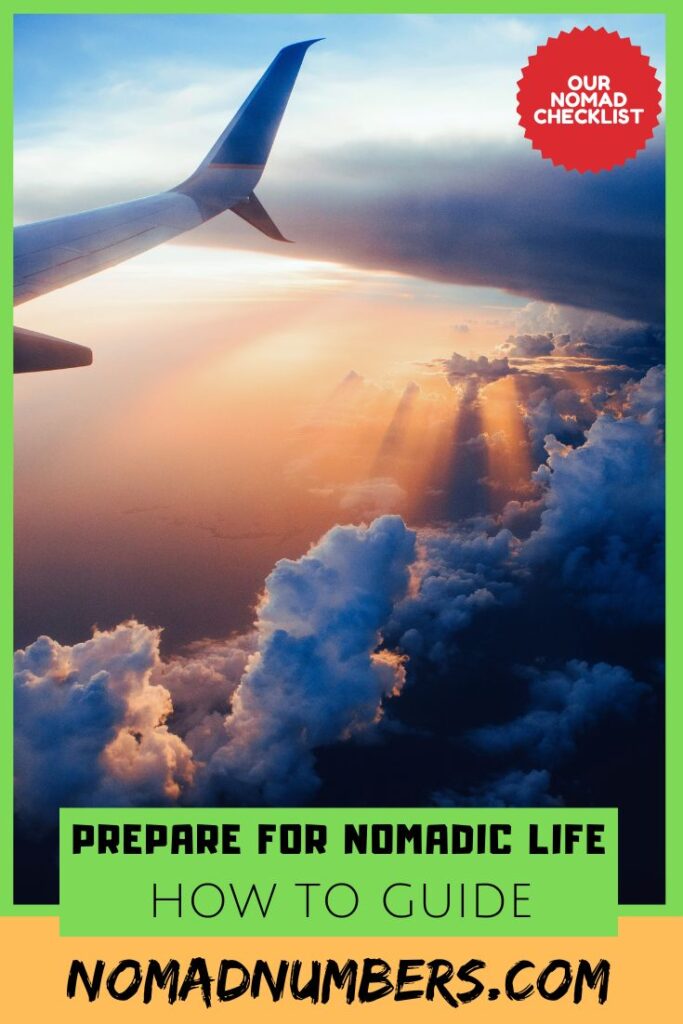
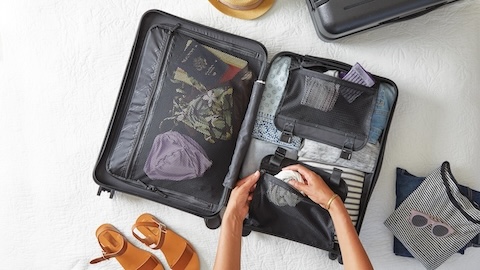
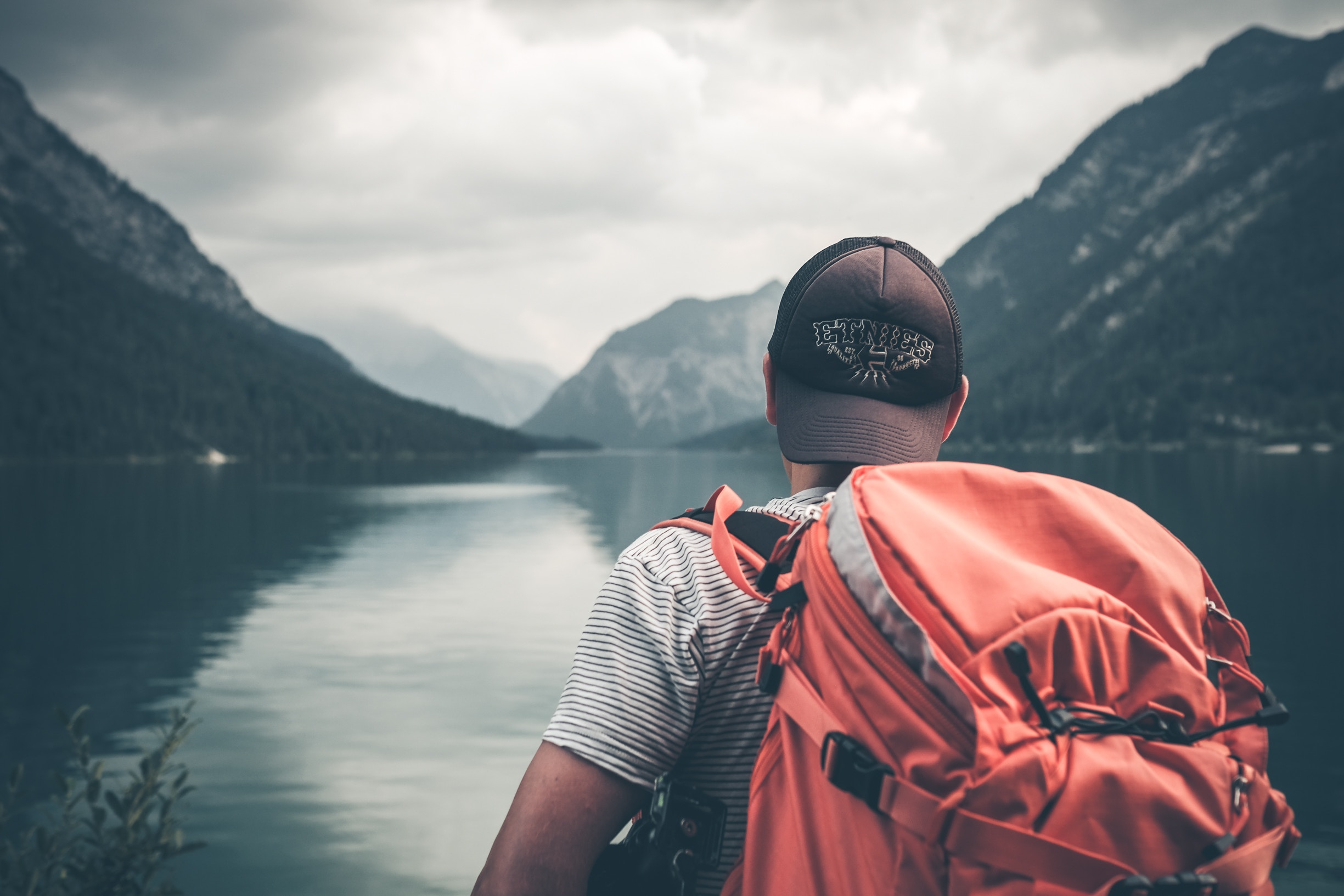

0 Comments